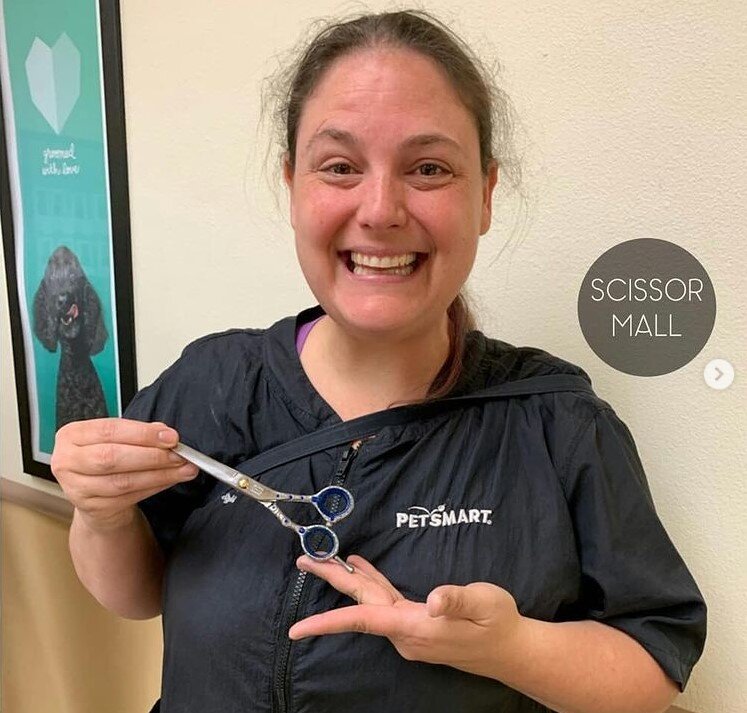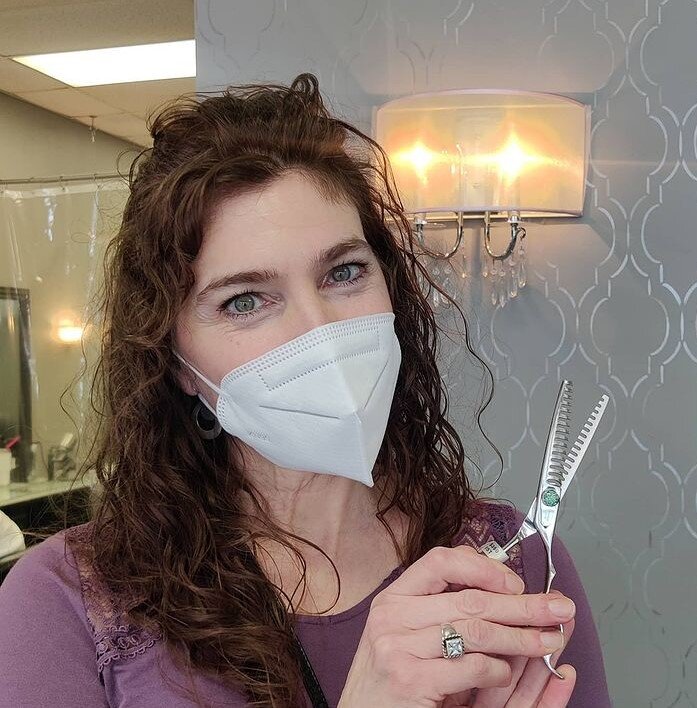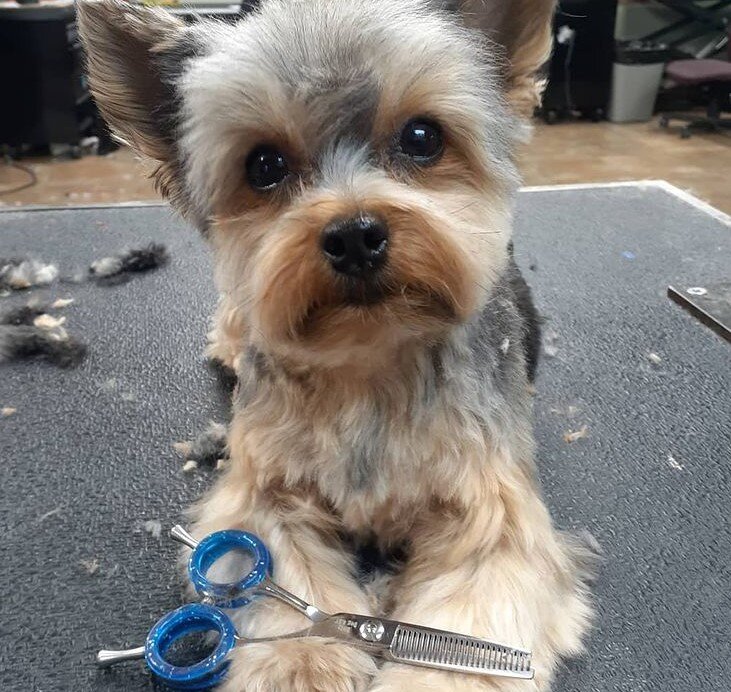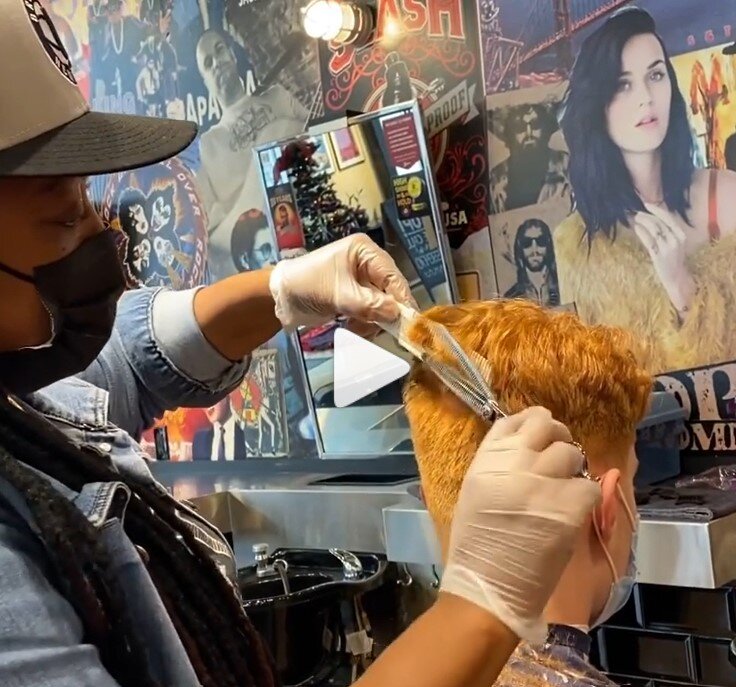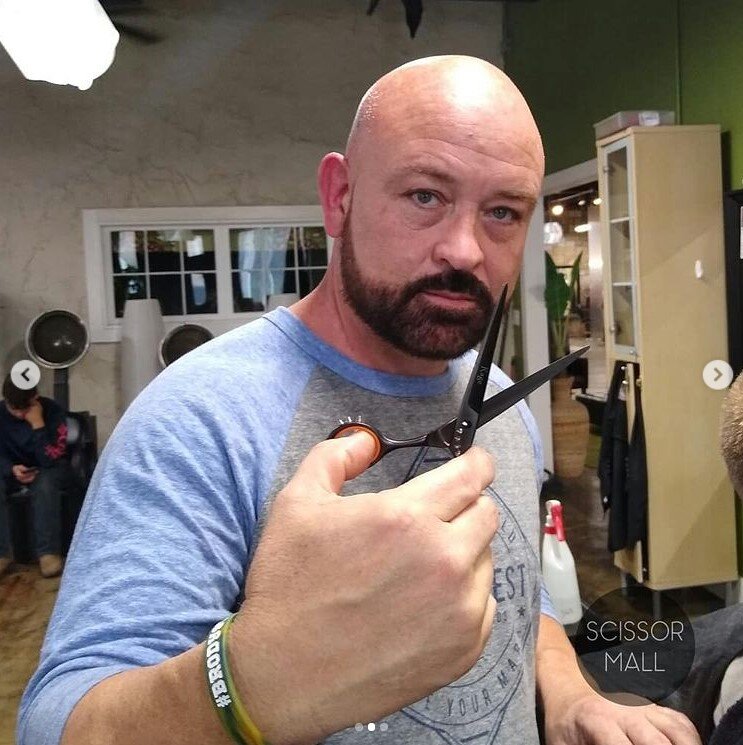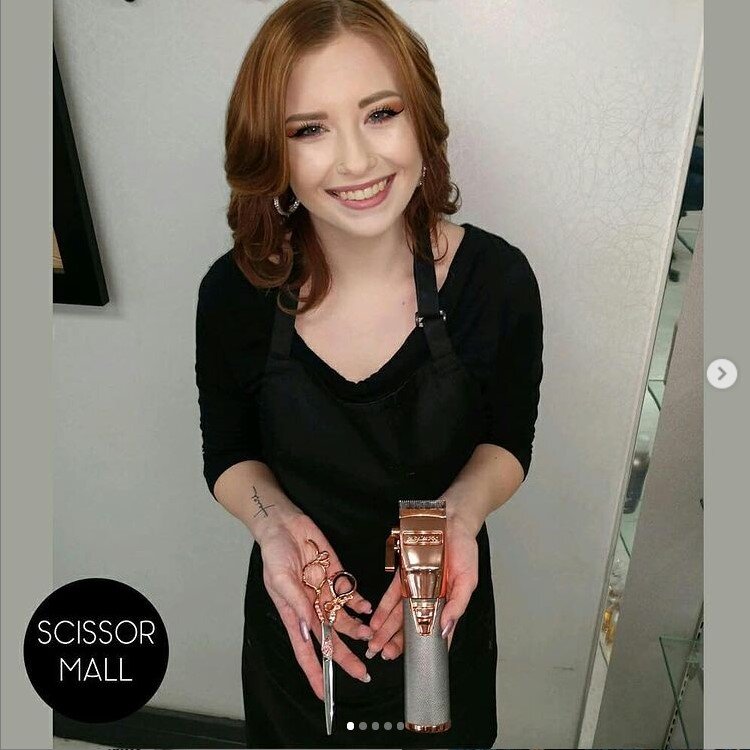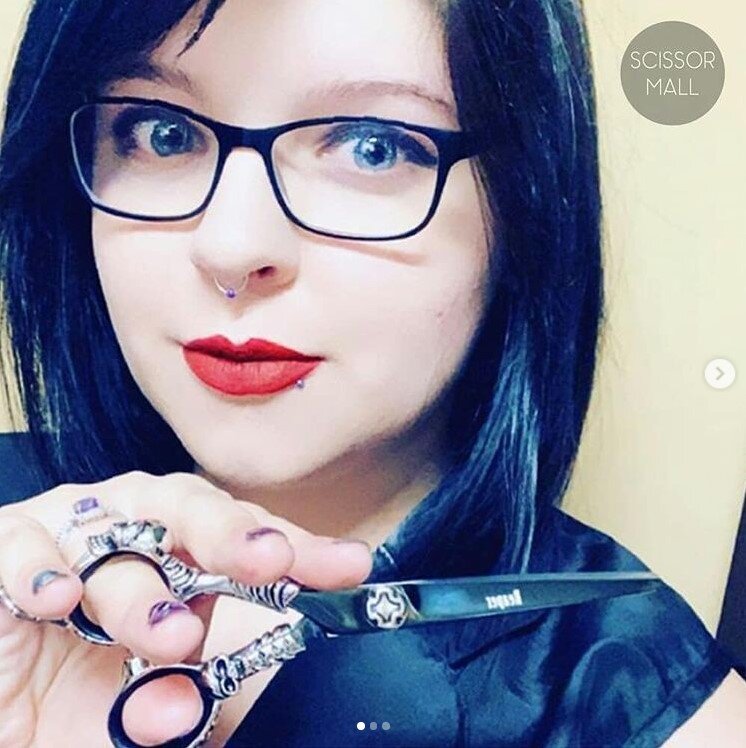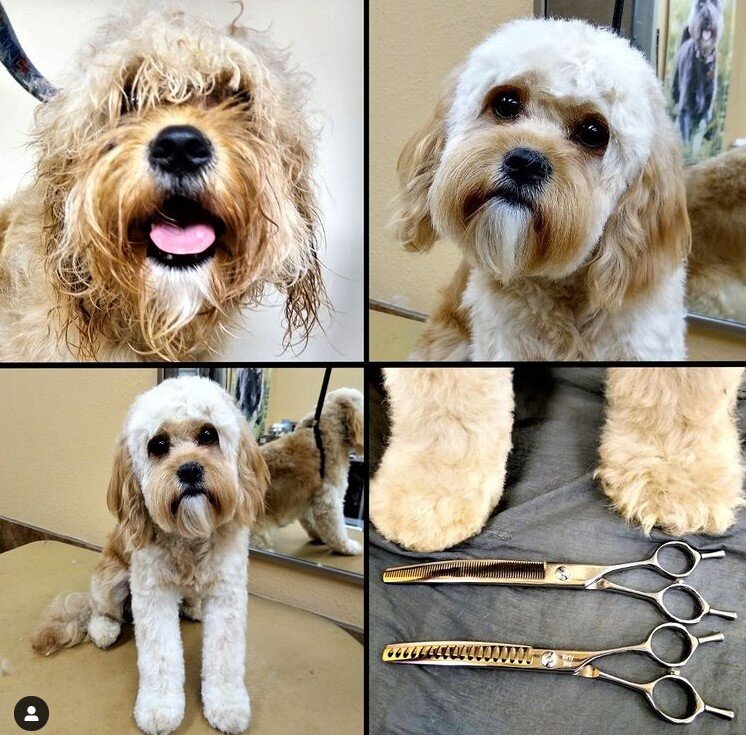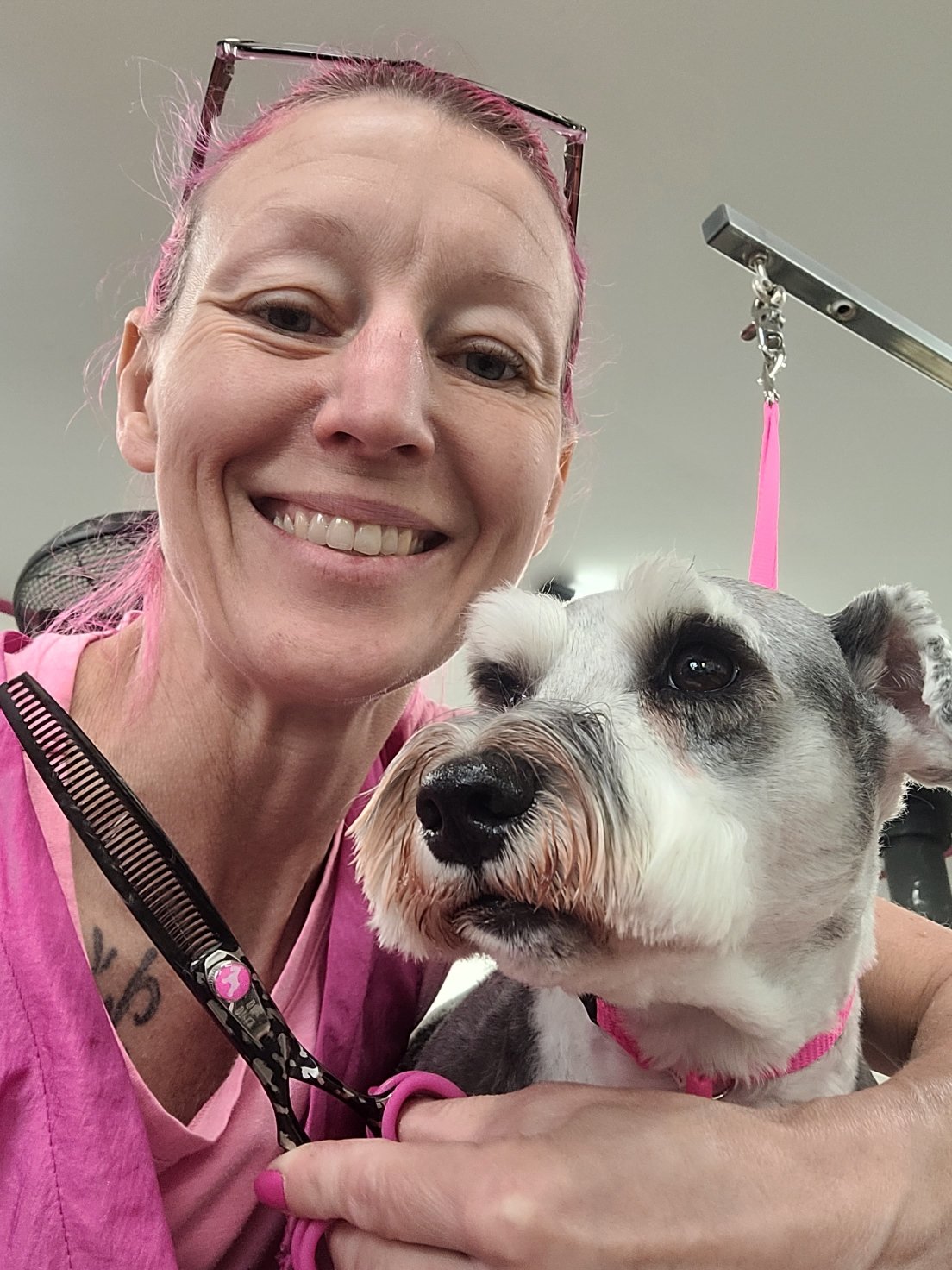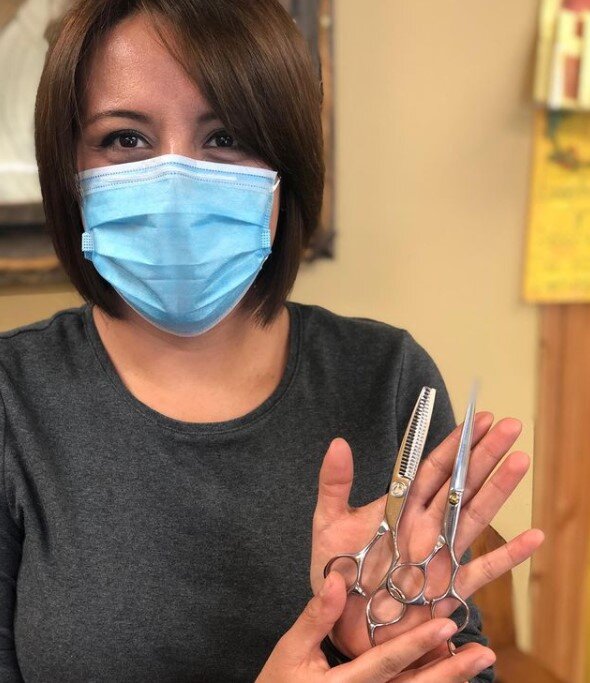Edge, Handle and Shank Options for Grooming Shears
/For those who groom dogs regularly, whether as a professional groomer, a dog show breeder or any other individual, the shears you use are a vital consideration. Specifically, there are several distinct features of grooming shears that must be considered by professional groomers to ensure they're achieving the best cut possible without risking the safety or appearance of the dog in question.
At Scissor Mall, we're happy to offer a wide range of grooming shears meant for professional groomers and dog show breeders, from the Dirty Dog Black Curved shears to many other options -- plus assistance to any of our clients who need information on their features and which they should be considering for their needs. Three specific shear features that are very important to know about are the edge, the handle and the shank; here's a primer on each of these areas, your options for grooming shears, and which is likely best for your common grooming needs.
Grooming Shear Edges
One of the most vital components of any pair of grooming shears is the edge, which is the sharpened section of the blade that comes into contact with your dog's coat. The right blade choice will allow you to get through the coat smoothly and efficiently, and you should not use a blade that is too sharp or too dull for the type of coat you're working on.
There are two basic options when it comes to the edge of your shears: an open (or smooth) edge and a blunted or "slightly" open (or slightly smooth) edge. For those who don't know the difference, an open edge is one with two very sharp sides that meet at a fine point; this type of blade works well on most coating types. A blunted edge is more like a traditional straight razor (and it's often called such); these shears use blades with beveled edges which are not as sharp and do not meet to form a point. For an open edge, it's best to choose one that is fairly smooth (about 10 degrees) and sharp; when the angle is much more than 10 degrees, this will result in snagging when used on all but very soft coats.
Now, there are a couple other specific varieties here to be aware of:
Beveled/serrated: These shears comer with small grooves, or serrations, that are ground into one side of the open blade. This style is very popular for its ability to handle thick coats without snagging or grabbing, but despite this it still offers a smooth cut that works best with harder-to-cut denser material.
Hollow ground/convex/honed: By comparison, this type has a ground-down interior that limits the weight of the blade without sacrificing its sharpness, so it's a good choice for those who want to avoid the appearance of a "dull" shear. It also works well on all-purpose blades that can handle any type of coat.
Grooming Shear Handles
The grooming shear handle you choose is also vital for several reasons, including the fact that it will help you avoid fatigue when it comes to long, repeated grooming sessions. If you choose a heavy shear with an uncomfortable handle, your hand can cramp up very quickly, which is why there are several types of handles available for differing tastes and needs.
The three main styles of grooming shear handle are the following:
Opposing grip: Likely the most common style here is the opposing grip, which allows for easy rotation of the hand in order to cut through the coat. This type is most often found with blades that are about 5 inches long; it's also known as a "firm grip" or "full finger ring" handle style. it involves holding the shears with your middle finger and thumb to keep the blades apart, and then pressing your ring finger into a firm ring that is attached to the handles.
Swivel thumb: For those who prefer more freedom for their thumb, the swivel thumb shear is free-moving and easy to maneuver. It's also good for eliminating cramping when it is used over long periods of time with heavier scissors.
Offset: Finally, for those who often experience hand fatigue, the offset handle is held with the ring finger and thumb, and is more ergonomic to the way the hand holds natural objects such as a pen, pencil or brush.
Grooming Shear Shank
Finally, the shank on grooming shears refers to the distance between the tip of the blades and the joint where they are attached. You can find two common styles here:
Short shank: This involves a shorter distance from finger holes to the balance (or pivot) point, and it's often seen with blades between 4-5 inches long. It allows blades to open very wide, meaning less hand movement is needed to achieve the cut you're looking for.
Bent (or curved) shank: The bent shank, on the other hand, involves a slight upward angle in the forging of the shank between the balance point and the finger holes. Bent shanks are often used for grooming jobs where flattening of the coat must be avoided, as it allows for more flexibility in the blades when they are pressed into the coat.
When you're choosing your dog grooming shears, the edge, handle and shank style can make a big difference in both their appearance and functionality. Keep each of these in mind to determine which type (or types) you prefer; you will likely stay with your preferred choice for the most part, but there may be situations that arise where you have to consider an alternative based on a grooming need.
For more on how to choose the ideal edge, handle and shank for your dog grooming shears, or to learn about any of our hair shear options, speak to the staff at Scissor Mall today.

